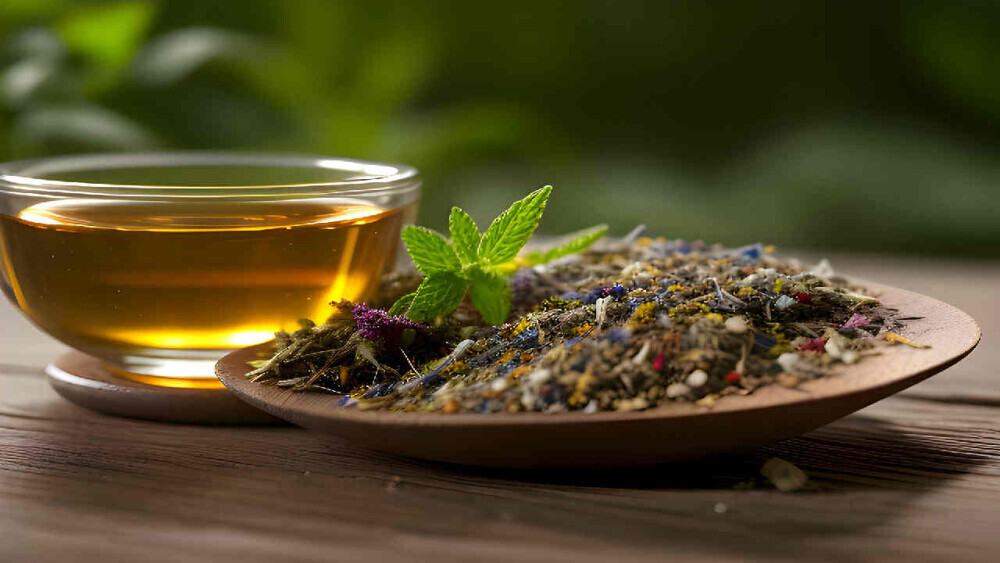Herbal medicine has been around for centuries, playing a pivotal role in cultures worldwide. Cultivating a connection with nature, this practice helps you harness the therapeutic power of plants for health and wellness.
One of the compelling benefits of diving into herbal medicine is its holistic approach. It’s about seeing the body as a whole and using plants to support our natural healing processes. This isn’t just about treating symptoms but understanding how herbs can sustain long-term wellness.
Before going further, it’s crucial to get familiar with some basic terms you’ll often come across in herbal medicine. Phrases like tinctures, infusions, and decoctions might sound fancy, but they’re essential concepts to grasp. A “tincture” is usually an alcohol-based extract, while an “infusion” is like making herbal tea.
Herbal medicine is steeped in rich history. From ancient China and Egypt to the indigenous tribes of the Americas, various traditions tell tales of how plants have been used to heal and restore. This historical backdrop not only enriches your herbal journey but also invites a broader understanding of how these practices shape modern medicine today.
As you venture into this field, you’ll soon notice the appeal of knowing where your remedies come from. There’s a rewarding sense in brewing up something that genuinely supports your well-being. But remember, this is a rabbit hole of endless learning, filled with vibrant stories from generations past.
Starting Your Journey as a Beginner Herbalist
For anyone looking to step into the world of herbalism, selecting the right herbs to begin with is important. Common choices for beginners include chamomile, peppermint, and lavender. These herbs are easy to grow and versatile in use, making them perfect starting points.
When choosing your first herbs, think about what you’re hoping to achieve. If relaxation and stress relief are your goals, herbs like chamomile and lavender could be your go-tos. Dealing with a mild cold? Maybe consider peppermint or eucalyptus.
It’s essential to rely on reputable resources to guide your learning. Books by experienced herbalists and courses at local co-ops or online platforms can provide valuable insights. Community herbalist groups can also be a goldmine of wisdom and shared experiences.
Your herbal toolkit doesn’t need to be full of complex gadgets. Start with basics like glass jars for storing dried herbs, a mortar and pestle for grinding, and cheesecloth for straining liquid remedies. Keeping it simple makes the process less overwhelming and more enjoyable.
Remember, consistency is key. Keep exploring and experimenting. Documenting your herbal journey in a journal can help track what works and what doesn’t. Plus, it becomes a handy reference as you expand your herbal repertoire.
Embracing self-education and creativity will not only bolster your skills but also enrich your connection with the plants you work with. Each botanical encounter is a step deeper into the fascinating world of nature’s pharmacy.
Making Your Own Herbal Remedies at Home
Kicking off your journey into crafting herbal remedies is like combining a bit of kitchen science with the comforting aromas of an apothecary. Start simple and take your time to get cozy with the basics before moving to more advanced concoctions.
Gather your essential equipment. Think along the lines of glass jars for storing your creations, a decent size pot for brewing up larger batches, and a strainer to keep it all smooth and tidy. If you’re ready to splurge a little, a slow cooker or double boiler can be handy for low-heat infusions.
Producing your first few batches of herbal creations is simpler than it might seem. For starters, a basic herbal tea or infusion is nothing more than steeping herbs in hot water. Use chamomile for a soothing, calming tea or peppermint for a refreshing lift.
If you’re feeling a bit bolder, try crafting your own oil infusion. Getting a good quality carrier oil like olive or coconut and letting herbs steep over a few weeks can result in an aromatic oil perfect for massages or skincare routines.
Safety is everything. Always double-check the herbs you use to avoid allergic reactions or contraindications with any medications you might be on. Remember, a little planning goes a long way in preventing mishaps.
Consistency and experimentation make the journey enjoyable. Over time, you’ll get a feel for which creations resonate with you the most. Plus, sharing your homemade herbal remedies can be a wonderful way of bonding with family or friends, gaining new perspectives, and maybe even discovering hidden talents within your circle.
Exploring Powerful Herbs for Health Benefits
When it comes to harnessing the full potential of nature’s bounty, a couple of herbs stand out for their exceptional health benefits. Turmeric, often hailed as a super herb, boasts potent anti-inflammatory and antioxidant properties thanks to its active compound, curcumin. It’s a popular choice for those looking to support joint health or enhance overall well-being.
Ginseng is another powerhouse, celebrated for its invigorating properties that may boost energy levels and improve focus. Incorporating ginseng into your routine can help combat fatigue and mental fog, making it a companion for busy days.
It’s important to practice mindfulness when integrating these potent herbs into your life. Start with small amounts and observe how your body responds. Consulting with a healthcare professional before adding new herbs, especially powerful ones, is a wise move to prevent unwanted interactions or side effects.
Including these herbs can be as simple as adding a pinch to your meals, mixing them into smoothies, or enjoying them as teas.
Being mindful of the amounts and combinations used is vital when handling potent herbs. With time, you can find the balance that works best for your unique body and lifestyle, making these herbs a helpful part of your natural wellness journey.
.

